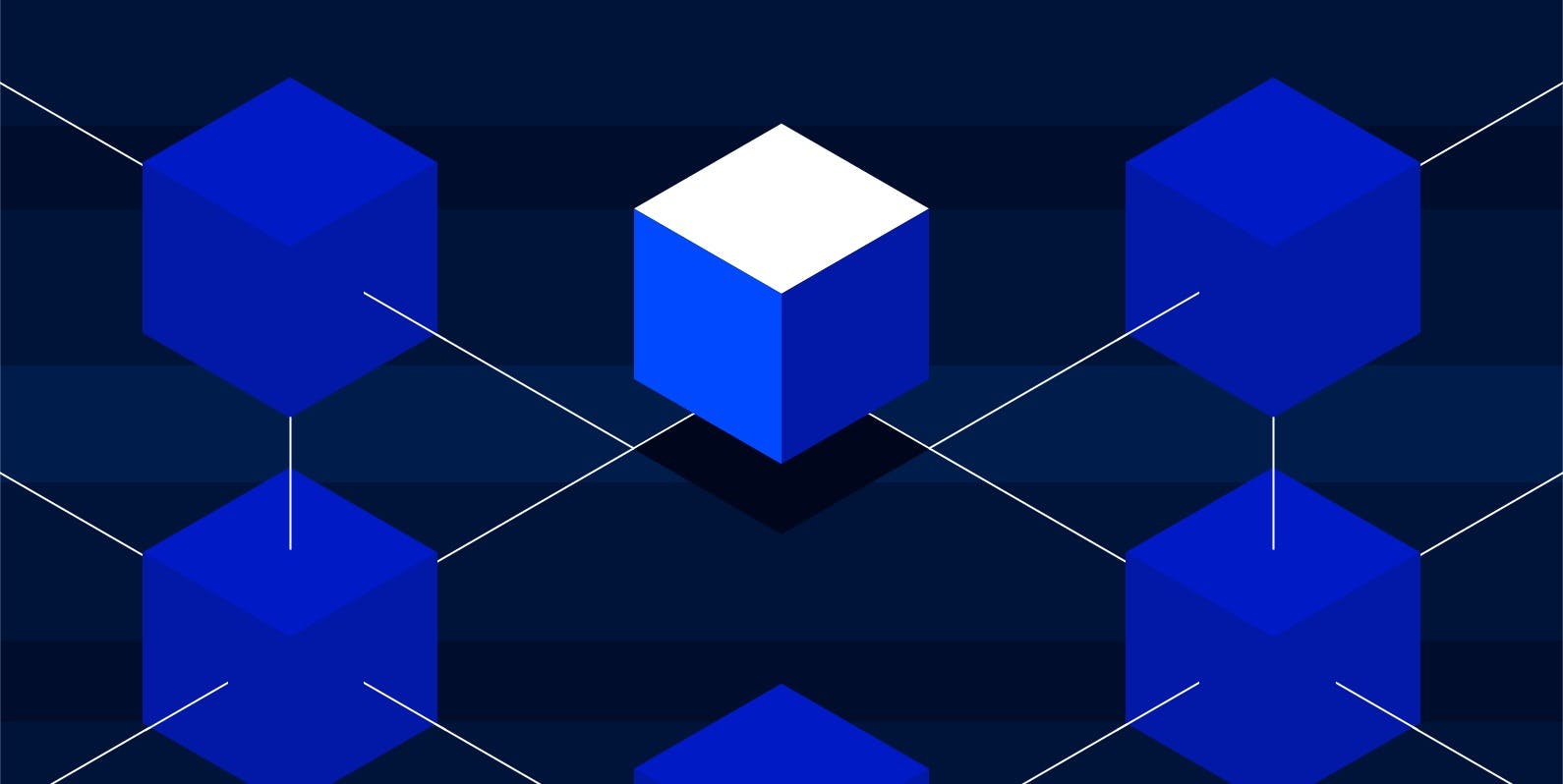Ethereum may be the world’s most decentralized smart contract platform, but look beneath the surface and a different story emerges. For all the talk of permissionless innovation and unstoppable code, the physical machines that keep Ethereum alive are not scattered in basements and hacker garages—they’re overwhelmingly hosted on centralized cloud providers.
Recent analyses show that Amazon Web Services (AWS) alone accounts for a large portion of Ethereum validator nodes. Add in Google Cloud, Microsoft Azure, and a handful of other providers, and you realize that the physical foundations of Web3 look an awful lot like Web2. It’s not that Ethereum itself is centralized, but its infrastructure dependencies are.
This matters because if regulators, outages, or hostile actors ever disrupt these centralized cloud services, the supposed resilience of Web3 could be tested in ways few want to imagine.
Decentralizing the Physical Layer
That’s why a new wave of projects is rethinking how and where blockchains live. Instead of defaulting to AWS or Google, they’re redistributing compute and storage across networks of independent contributors.
- Aethir is pioneering GPU sharing for AI workloads, creating a decentralized cloud for high-performance computing.
- 0G is experimenting with decentralized data availability for blockchain scalability.
- Filecoin has built one of the most recognized decentralized storage marketplaces, incentivizing thousands of nodes to store and serve data worldwide.
Together, these projects reflect a shift: Web3 isn’t just about smart contracts anymore—it’s about rebuilding the entire stack, from compute to storage to trust.
The AI Angle
At the same time, AI is no longer a niche in Web3—it’s everywhere. Gaming studios like Astra Nova and Andrometa are weaving AI into world-building, where players can create their own game characters with AI. That’s incredibly powerful—but it’s also incredibly resource-intensive.
Training and generating AI models doesn’t just need more clever code—it needs massive GPU power and ever-expanding cloud space. AI-enhanced games like Astra Nova and Andrometa aren’t just entertainment products; they’re stress-tests for the very infrastructure Web3 depends on. If the infrastructure can’t scale, the experiences can’t scale either.
Applying Cryptographic Principles to the Physical World
One emerging approach is to apply blockchain’s cryptographic trust model to the physical environment itself—the servers, nodes, and devices that power decentralized systems. Instead of assuming AWS or Azure are secure by default, the idea is to treat every machine as potentially untrusted until proven cryptographically trustworthy.
This is where protocols like Naoris are quietly making waves. By turning the devices that host and connect blockchains into participants in a decentralized trust mesh, they ensure that infrastructure itself becomes continuously validated—just like transactions on Ethereum.
It’s a subtle but important evolution: if blockchains are going to fulfill their promise of resilience and transparency, the physical environment they live in must be just as trustworthy as the ledgers they maintain.
Conclusion
Ethereum nodes may run on AWS today, but the future of Web3 infrastructure looks different. With decentralized compute (Aethir), data availability (0G), storage (Filecoin), and AI-enhanced ecosystems (Astra Nova, Andrometa), the stack is being rebuilt in real time.
The next great challenge—and opportunity—is ensuring that this physical layer is as secure and decentralized as the protocols it supports. Otherwise, Web3 risks inheriting the very weaknesses it set out to escape.


